-
 bitcoin
bitcoin $122025.899241 USD
-2.12% -
 ethereum
ethereum $4488.068729 USD
-4.11% -
 bnb
bnb $1315.348019 USD
8.65% -
 tether
tether $1.000457 USD
0.03% -
 xrp
xrp $2.875326 USD
-3.69% -
 solana
solana $222.043604 USD
-4.07% -
 usd-coin
usd-coin $0.999682 USD
0.00% -
 dogecoin
dogecoin $0.249887 USD
-5.62% -
 tron
tron $0.337379 USD
-2.59% -
 cardano
cardano $0.827763 USD
-5.06% -
 hyperliquid
hyperliquid $45.774531 USD
-2.43% -
 chainlink
chainlink $22.079309 USD
-5.87% -
 ethena-usde
ethena-usde $1.000156 USD
0.02% -
 sui
sui $3.482566 USD
-3.57% -
 stellar
stellar $0.386982 USD
-4.92%
How to operate the usdt perpetual contract
To trade USDT perpetual contracts, choose a cryptocurrency exchange supporting them, considering factors like security, fees, liquidity, and customer support.
Nov 07, 2024 at 01:56 am
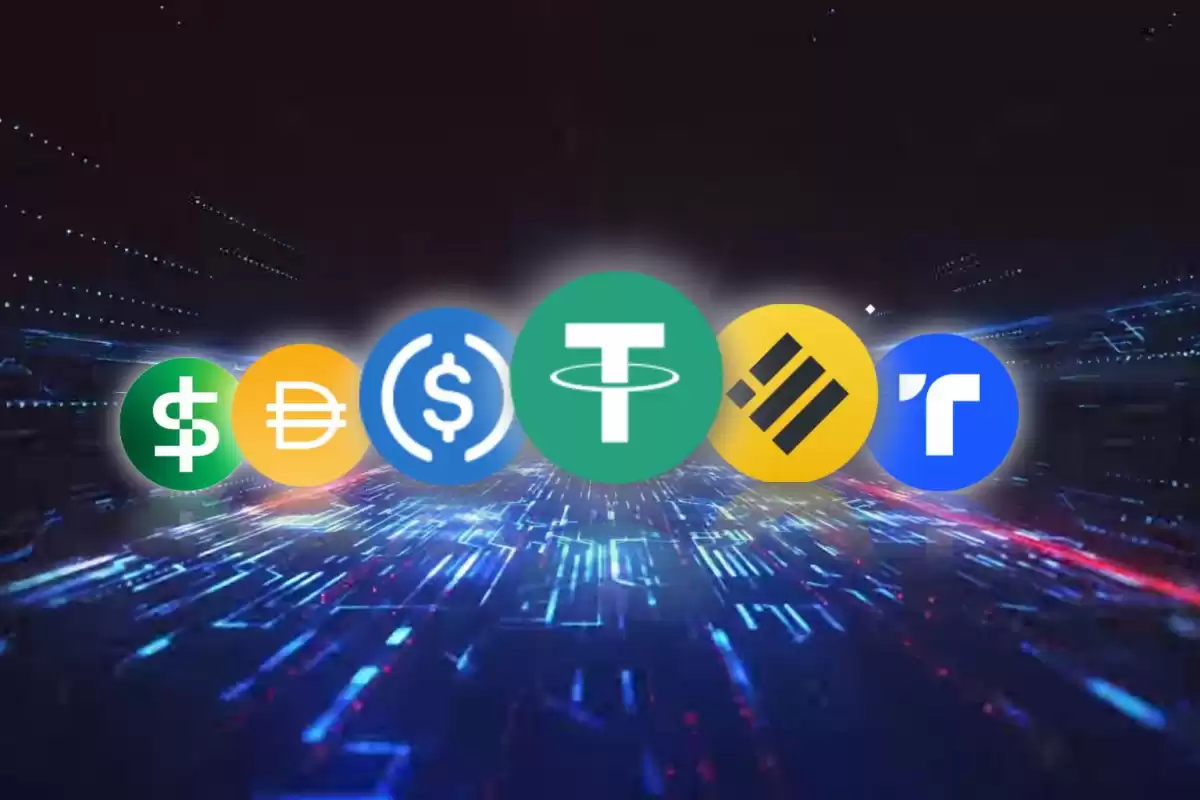
Perpetual contracts are derivative instruments that track the price of an underlying asset, such as cryptocurrency, without having an expiry date. They allow traders to speculate on the future price of an asset without physically taking ownership. USDT perpetual contracts are denominated in Tether (USDT), a stablecoin pegged to the US dollar.
Step 2: Choosing a Cryptocurrency ExchangeTo trade USDT perpetual contracts, you will need to choose a cryptocurrency exchange that supports this type of contract. Consider factors such as security, fees, liquidity, and customer support when selecting an exchange.
Step 3: Funding Your AccountBefore you can start trading, you will need to fund your exchange account with USDT. You can do this by depositing USDT from another cryptocurrency wallet or by purchasing USDT directly from the exchange.
Step 4: Opening a PositionOnce your account is funded, you can open a position in a USDT perpetual contract. Choose whether you want to take a long position (betting that the price will rise) or a short position (betting that the price will fall). Specify the amount of USDT you want to trade and the leverage ratio you want to use.
Step 5: Managing Your PositionOnce you have opened a position, you will need to monitor it carefully and make adjustments as necessary. You can adjust the position size, leverage ratio, or stop-loss level to manage your risk and maximize profits.
Step 6: Closing a PositionWhen you are ready to close your position, you will need to enter a closing order that is opposite to the opening order. For example, if you opened a long position, you would close it with a short position. The profit or loss on your position will be calculated based on the difference between the opening and closing prices.
Step 7: Understanding LiquidationIf the price of the underlying asset moves against you and your margin balance falls below a certain level, your position may be liquidated. This means that the exchange will automatically close your position and sell your assets to cover the losses.
Step 8: Additional Tips for Trading USDT Perpetual Contracts- Use stop-loss orders to limit your potential losses.
- Manage your risk by using appropriate leverage ratios.
- Monitor the market closely and adjust your positions accordingly.
- Use limit orders to enter and exit positions at specific prices.
- Be aware of the fees associated with trading perpetual contracts.
Disclaimer:info@kdj.com
The information provided is not trading advice. kdj.com does not assume any responsibility for any investments made based on the information provided in this article. Cryptocurrencies are highly volatile and it is highly recommended that you invest with caution after thorough research!
If you believe that the content used on this website infringes your copyright, please contact us immediately (info@kdj.com) and we will delete it promptly.
- BlockDAG, DOGE, HYPE Sponsorship: Crypto Trends Shaping 2025
- 2025-10-01 00:25:13
- Deutsche Börse and Circle: A StableCoin Adoption Powerhouse in Europe
- 2025-10-01 00:25:13
- BlockDAG's Presale Buzz: Is It the Crypto to Watch in October 2025?
- 2025-10-01 00:30:13
- Bitcoin, Crypto, and IQ: When Genius Meets Digital Gold?
- 2025-10-01 00:30:13
- Stablecoins, American Innovation, and Wallet Tokens: The Next Frontier
- 2025-10-01 00:35:12
- NBU, Coins, and Crypto in Ukraine: A New Yorker's Take
- 2025-10-01 00:45:14
Related knowledge
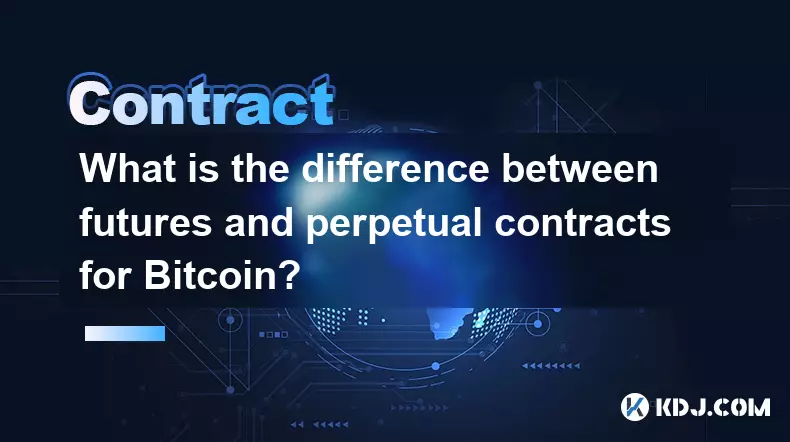
What is the difference between futures and perpetual contracts for Bitcoin?
Oct 02,2025 at 11:54pm
Understanding Bitcoin Futures Contracts1. Bitcoin futures are derivative instruments that allow traders to speculate on the future price of Bitcoin at...
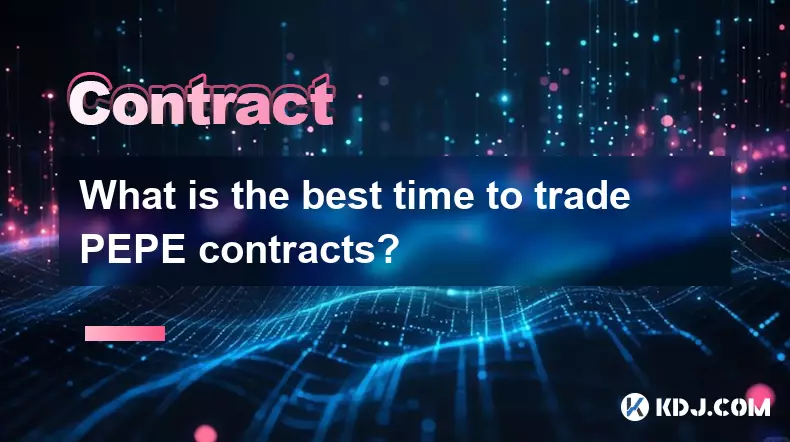
What is the best time to trade PEPE contracts?
Oct 03,2025 at 11:54am
Understanding PEPE Contract Volatility1. PEPE contracts exhibit extreme price fluctuations due to their meme-based nature and low market cap. Trading ...
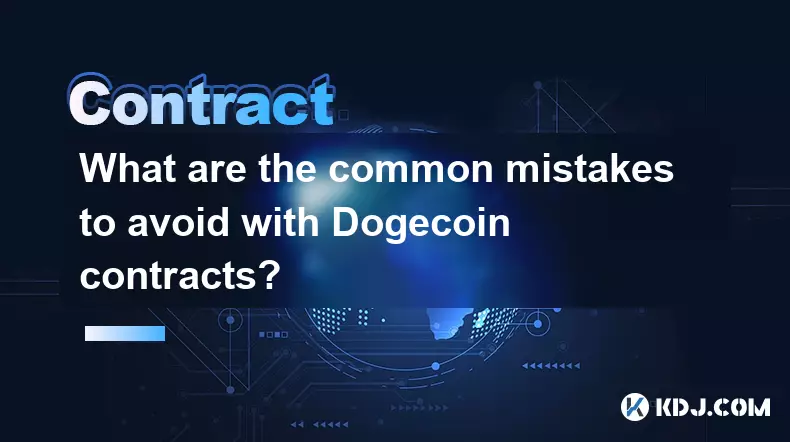
What are the common mistakes to avoid with Bitcoincoin contracts?
Oct 03,2025 at 08:54am
Emerging Trends in the Cryptocurrency Market1. Decentralized finance (DeFi) platforms continue to expand their influence across the blockchain ecosyst...

What is the maintenance margin for Bitcoin contracts?
Oct 02,2025 at 01:36am
Decentralized Exchanges Gain Momentum in 20241. Decentralized exchanges (DEXs) have seen a significant rise in trading volume, surpassing centralized ...
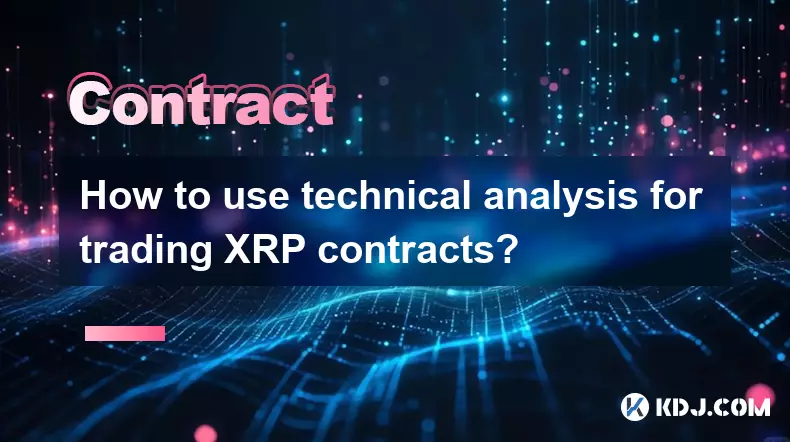
How to use technical analysis for trading XRP contracts?
Oct 03,2025 at 01:18pm
Understanding Price Patterns in XRP Futures1. Identifying chart patterns such as triangles, head and shoulders, and double tops or bottoms can provide...

What does "longing" PEPE contracts mean?
Oct 03,2025 at 11:54pm
Understanding Decentralized Exchanges in the Crypto Ecosystem1. Decentralized exchanges (DEXs) operate without a central authority, allowing users to ...

What is the difference between futures and perpetual contracts for Bitcoin?
Oct 02,2025 at 11:54pm
Understanding Bitcoin Futures Contracts1. Bitcoin futures are derivative instruments that allow traders to speculate on the future price of Bitcoin at...

What is the best time to trade PEPE contracts?
Oct 03,2025 at 11:54am
Understanding PEPE Contract Volatility1. PEPE contracts exhibit extreme price fluctuations due to their meme-based nature and low market cap. Trading ...

What are the common mistakes to avoid with Bitcoincoin contracts?
Oct 03,2025 at 08:54am
Emerging Trends in the Cryptocurrency Market1. Decentralized finance (DeFi) platforms continue to expand their influence across the blockchain ecosyst...

What is the maintenance margin for Bitcoin contracts?
Oct 02,2025 at 01:36am
Decentralized Exchanges Gain Momentum in 20241. Decentralized exchanges (DEXs) have seen a significant rise in trading volume, surpassing centralized ...

How to use technical analysis for trading XRP contracts?
Oct 03,2025 at 01:18pm
Understanding Price Patterns in XRP Futures1. Identifying chart patterns such as triangles, head and shoulders, and double tops or bottoms can provide...

What does "longing" PEPE contracts mean?
Oct 03,2025 at 11:54pm
Understanding Decentralized Exchanges in the Crypto Ecosystem1. Decentralized exchanges (DEXs) operate without a central authority, allowing users to ...
See all articles










































































